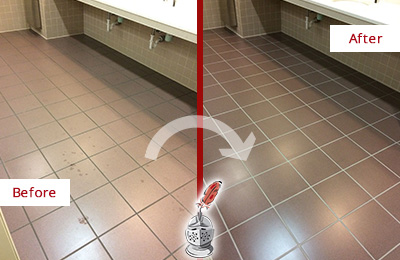Are you on the lookout for critical information around Common Causes of Water Damage in a Bathroom?

The shower room is exceptionally susceptible for damp build-up and also potential water damage because of the constant use of water in it. This short article uses straightforward examination strategies to help discovering water damages risks.
The constant use water in the bathroom makes it extremely susceptible for damp build-up and also possible water damage. By examining it frequently, you can decrease water associated damages.
The following set of evaluations is simple to do as well as ought to be done when in every 3 months in order to maintain your washroom healthy and also to stop prospective water problems brought on by the bath tub, the shower, pipeline joints and also plumbing, sinks, closets, and also the commode
Do not forget performing these inspections and be thorough while executing them. Remember that these straightforward examinations can conserve you a great deal of cash by supplying early indicators for water damage
Bathtub and Shower
The shower and bathtub need special interest and maintenance. Check the floor tiles and also change if split. Ensure that there is no missing cement in between the floor tiles. Examine and replace broken caulking at joints where the walls meet the floor or the bathtub. Clogged drains pipes and also pipelines troubles will certainly stop the bathtub from drying and might show significant troubles underneath the tub. Speak with an expert instantly to prevent structural damages. Take note of discolorations or soft locations around the bath tub wall surfaces as they may indicate an internal leakage.
Plumbing
Signs for water damages are difficult to discover because many pipes are set up inside the walls.
Pay unique focus to flooring and walls dampness as well as stains as they may show an undetectable plumbing issue. Check wetness levels in adjacent spaces as well.
Sinks and also Cabinets
Sinks as well as cupboards are exposed to dampness as well as humidity day-to-day as well as are frequently forgotten. Inspect consistently under the sink as well as on the countertop over it. Repair any kind of drip in the catch as it may recommend drain issues. Take a look around the sink, slow draining pipelines might suggest a blocked drainpipe. Change sink seals if they are broken or loose.
The Commode
The bathroom is a vulnerable water joint. Inspect the water lines and look for leaks around the commode seat, in the pipe, and under the water container. If you find any type of signs of wetness on the floor around the commode, look for leaks in the toilet edge as well as tank seals.
Be aware that hanging commode bowl deodorants boosts the chances for obstructions.
Water Damage Signs In The Bathroom To Avoid Cleanup
Musty smell
This is one of the easiest signs to catch because musty smells are so odorous. The damp, earthy, moldy smell should be a big red flag. The smell will develop when moisture gets trapped in surfaces, and begins to facilitate mold growth. Leaking pipes under cabinets, inside walls, and behind shower fixtures will cause moisture to stay trapped and not dry, which will lead to mold growth and spread. As soon as you notice any musty smells in your bathroom, have it checked for hidden water damage and cleanup signs.
Visible mold
If the smell isn’t there to give it away, sometimes you will actually see mold growth. Finding mold in your bathroom is a serious problem, because mold is very harmful to your health. By the time mold growth is visible, it also means that water damage has already occurred and been present for some time. The only way the mold problem can be resolved is to find the source of the moisture and get it stopped. To safely and adequately remove mold, you need to have professionals handle the remediation. Do not waste any time in getting mold problems addressed, fixed, and sanitized so that you can protect you and your family from the many respiratory symptoms caused by mold exposure.
Damaged floors
Bathroom floors should be able to withstand some exposure to water while still remaining in good condition. However, when excess exposure or water leaks occur, they will begin to damage even the most water-resistant flooring. If you notice any cracking, bubbling, staining, or warping on your bathroom floors, there is probably a water leak somewhere causing the distortion. If you notice areas of the floor have become softer, or even have a spongy feeling, there is probably damage to the subfloor. Subflooring is typically made up of plywood. When plywood is exposed to water or moisture, it will absorb it. Once it has become saturated, the weight of the excess water will cause the wood to swell and soften. Check the floors in your bathroom frequently to catch any of these sings before they lead to damaged subflooring.
Changes on walls
When water leaks behind walls, it will cause changes in the drywall. Peeling plaster, blistering paint, and soggy wallpaper are all good indicators that excess water is building up behind the wall. Water leaking behind drywall will cause it to swell and be soft to the tough. If you start to notice gaps along the trim of your walls, or where tile meets the wall, it could also be a strong indicator that there is a leak behind the wall. Any changes, distortion, or damage on the walls should be evaluated as soon as you notice it to prevent further water damage and cleanup.

I'm certainly very fascinated with How to Fix a Water Damage Bathroom and I'm hoping you enjoyed reading the new blog posting. Do you know another individual who is serious about the subject? Take a moment to promote it. Thank-you for going through it.
About This